Many Internet Gurus & “Spiritual” Organizations that trade in Rudraksha are promoting the idea that Rudraksha beads require regular “conditioning” with Ghee, Milk & Vibhuti (Sacred Ash) to retain their color, shine and not crack or break. These Gurus & Organization have NO knowledge about Rudraksha, its benefits, puja procedure or about its care & maintenance. In this article we will explain how this “conditioning procedure” is unnecessary, harms the Rudraksha beads health & has no basis in any Hindu Shastras, additionally we will inform you how to take clean & maintain your Rudraksha beads.
Rudraksha beads, as found in nature, possess powerful properties and do not require any human intervention to be effective. You can wear Rudraksha from Rudra Centre right away without any prior procedure. The short and long-term cleaning and maintenance of Rudraksha beads purchased from Rudra Centre is practical, simple and straightforward, as we only deal with handpicked beads of the highest quality and vibrant luster selected after an extremely rigorous quality check, traditional cleaning and preparation. We thoroughly check Rudraksha for their weight, size, health & complete Mukhi lines & are the World’s Largest Collectors of Nepal & Java Rudraksha since 1997. Rudraksha’s are a priced possession and if proper care is taken, can be passed down from generation to generation.
What is Conditioning of Rudraksha?
The concept of conditioning rudraksha is a recent but widespread belief promoted by certain organizations & internet gurus selling rudraksha beads, which claims that they must be soaked in dairy products such as ghee or milk, and even smeared with Vibhuti regularly (every 6 months or so) as a process of required consecration so the beads can be worn in the human body with optimal results and durability. They also claim this procedure increases the lifespan of the beads & protects them from cracking.
To “condition” the Rudraksha Mala or beads one must first immerse it for 24 hours in Ghee, then immerse it for another 24 hours in Full Fat Milk & then roll the Rudraksha Mala in Vibhuti or Sacred Ash. They recommend that this procedure must be repeated every 6 months & Rudraksha should be conditioned in Sesame Oil every 1-2 years, they promote this as a necessary requirement to consecrate & preserve Rudrakshas.
Why should you Avoid conditioning of Rudraksha?
Rudraksha is a natural agricultural product that must be properly cleaned when needed only, with no unnecessary “conditioning” procedures. This widespread method of “conditioning” or consecration is not mentioned in any Shastra and may dull the natural luster of the beads. It also promotes the growth of insects, pests, and bacteria that deteriorate the bead. Ghee & Milk contain active bacteria which can infect Rudraksha beads especially if you keep them immersed for 24 hours in each liquid. Over this you then roll Vibhuti on Rudraksha which will get stuck in all the grooves and Mukhi lines destroying the natural beauty of the beads.
Rudraksha is a natural phenomenon, blessed by Bhagwan Shiva and doesn’t require any consecration or conditioning to be effective, when in contact with human body they activate within a few days & achieve resonances with the Chakras. A Pran Pratistha energization can be done to expedite this process. The Clean of Rudraksha will be explained in the next section is a simple & practical procedure. Note that Milk, Ghee, and Vegetable oils can be offered to Rudraksha during puja energization but only in small amounts that are rubbed on their external surface and the beads should be thoroughly washed after.
Apart from this frivolous conditioning technique the same Organization is promoting a lot of falsehood, so they can sell their low quality Rudraksha Products. Below are certain screenshots taken from their official website in June 2024
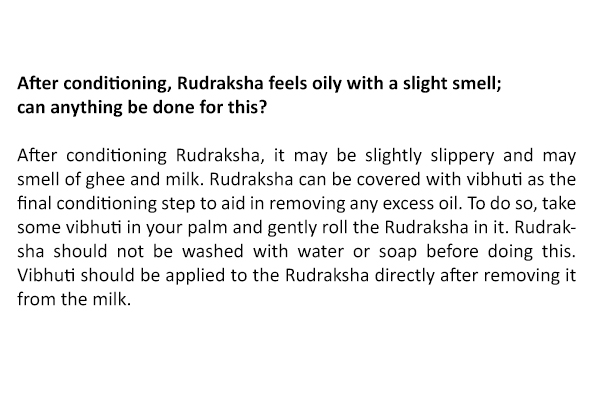
This is an extremely unhygienic way to keep Rudraksha, ideally after immersing in Ghee & Milk Rudraksha should be washed thoroughly making sure every particle is removed so it is protected from insects, molds & pests. Vibhuti may absorb some of the stickiness however it will not protect your Rudraksha from bacteria & pests.
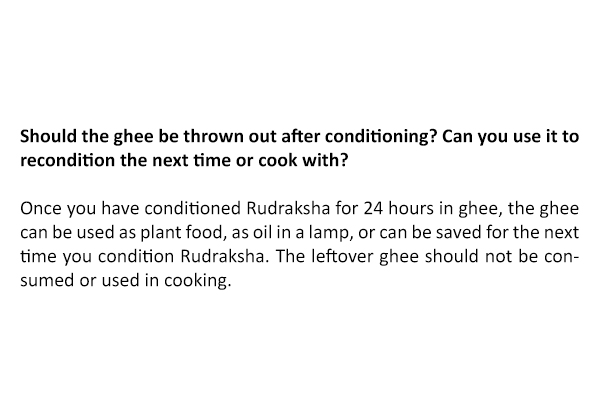
The shelf life of Ghee is 6 months, using the same Ghee for conditioning is very unhygienic and can spoil Rudrakshas
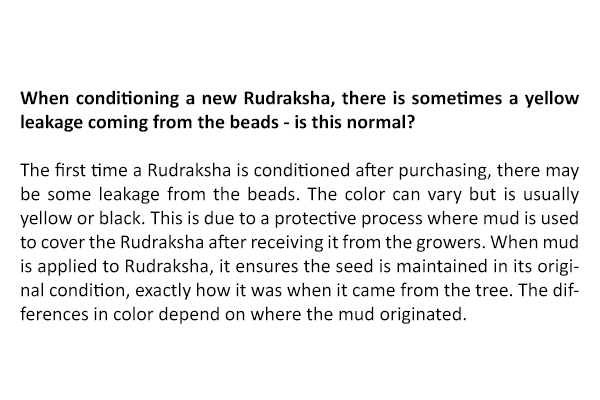
None of the growers apply mud to Rudraksha. This is false, Rudraksha beads are usually washed properly, there is no protective process of applying mud on them. This leakage is probably because the Malas these organizations are selling are dyed in yellow/black color, so the beads look uniform. When you dip them in liquids for 24 hours they lose this color. It can also be because the thread used in making the mala is leaking color.
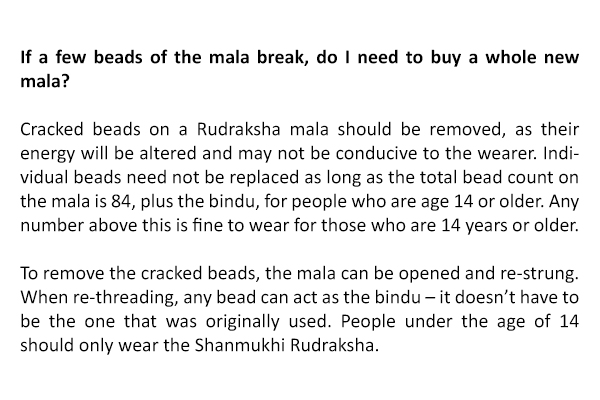
Normally as per our ancient scriptures it is recommended to wear 108 beads mala with one extra bead as bindu/guru/sumeru. Although any number of beads can be worn, the Mala should have a bindu bead. However they are promoting fake information by stating that individuals under the age of 14 should only wear 6 mukhi Rudraksha. Anyone can wear any Rudraksha regardless of their age.
Shiva Mahapurana Chapter 25, Vidyesvara Samhita :
सर्वाश्रमाणां वर्णानां स्त्री शूद्राणां शिवाज्ञया।
धार्याः सदैव रुद्राक्षा यतीनां प्रणवेन हि॥ ४७॥
Translation: People of all the Varnas, Ashramas and the women should wear Rudraksha as it is Lord Shiva’s command.
Here Ashramas means age group or stage of life which is Brahmacharya (Student), Grihasta (Householder), Vanaprastha (Hermit) & Sannyasa (Renunciation) therefore as per Shiva Puran regardless of your age you can wear any Rudraksha.
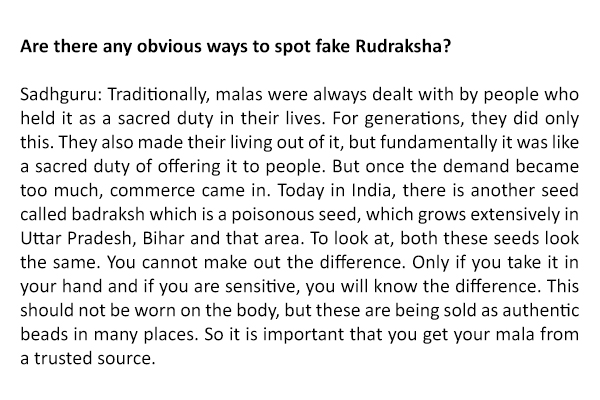
Although this point doesn’t matter much but it is very easy to spot the difference between Badraksha and Rudraksha. Bhadraksha does not have natural holes whereas Rudraksha has natural holes. Bhadraksha is not poisonous, but it doesn’t have any healing benefits. Bhadraksha are not available in small mala beads for japa. Usually, the Rudraksha small size Japa Malas you find in India are genuine Rudraksha however there are a lot of different qualities.
Read More:
Difference Between Bhadraksha & Rudraksha
How to Clean & Maintain Rudraksha?
Follow the steps below to clean your Rudraksha beads only whenever is needed, such as when you notice the beads have become dirty or dry.
- Soak your Rudraksha in lukewarm water for 15 minutes. Do not use hot or boiling water as that can damage Rudraksha beads
- Scrub the surface to remove any dust particles caught in the grooves using a toothbrush.
- Rinse under running water.
- Use the shade of the Sun (indirect sunlight) or a hairdryer to dry the beads.
- Apply any natural and unscented oil like Olive oil, Almond oil or Sandal oil & massage over the external surface of the Rudraksha bead
- Do not use any harsh chemicals like soaps, detergents, shampoos, insecticide, or pesticide to clean or treat your Rudraksha.
Why does Rudraksha develop cracks?
When Rudraksha beads are dry for a long time and no care is taken such as oiling them, they may develop cracks. This can be caused by exposure to cold and dry climates. Although rudraksha beads are resilient, they can crack if subjected to severe shocks or too much friction. The best way to keep rudraksha from cracking is to handle them gently and check for signs of dryness, so natural oils are applied to the beads as needed.
What to do if Rudraksha develops crack or breaks?
If there are surface level cracks, applying a small amount of oil should resolve the issue. It is natural for the thorns of the beads to break as you wear them regularly. The thorns are like hairs on the skin that naturally shed while the skin remains sensitive and functional. The bead will work well without many thorns. However, if the seeds have been damaged due to a bigger impact, the rudraksha bead cannot be used for wearing.
What to do if my Rudraksha develops molds/fungus/white spots?
In this case follow the cleansing steps mentioned above
Soak in lukewarm water
Scrub using brush
Rinse under running water
Dry the Rudraksha beads using indirect sunlight or clean hairdryer
After this Keep the Rudraksha in Fridge for 3-4 days
Inspect your Rudraksha beads regularly to make sure they are healthy
Why does Rudraksha change color?
Rudraksha beads are found in colors ranging from off-white to black. Fresh and ripe rudraksha beads are sandy brown in color. The lifeless ones are lightweight and grayish or blackish in color. The color of natural rudraksha beads changes to a darker brown tone, and their texture becomes smoother when you wear them on the body, and they absorb moisture from the skin. However, overtime Rudraksha changes color from Sandy Brown to Dark Brown to Black, this is natural process of maturation of Rudraksha beads. This can happen because Rudraksha absorbs sweat, moisture from our body and also interacts with the environment.
If Rudraksha are not worn, stored in a dry place or kept in fridge/freezer they do not change color.
Regular Oiling of Rudraksha makes them darker.
Some traders dye Rudraksha beads using natural colors like Orange, Brown, White, Black so that beads look uniform especially in a Rudraksha Mala. These natural dyes do not harm the Rudraksha or do not reduce its effects. The color may come off when you wash the Rudraksha beads Mala or soak it in water for some time.
Many Rudraksh are washed with Acid so they become whitish Brown shade, do not buy these Rudraksha as the acid wash kills the seeds. Rudra Centre rejects such beads as they are lifeless
How to Know if Rudraksha is dead?
A Rudraksha is considered 'dead' or inactive if it has lost its spiritual potency due to improper handling, prolonged neglect, or damage. Below are the signs and factors to determine if a Rudraksha is no longer effective:
1. Physical Condition
- Cracks or Breakage: A Rudraksha with significant cracks or one that is broken into pieces is considered dead.
- Softening or Disintegration: If the bead has become soft, decayed, or is falling apart due to moisture or other factors, it may be inactive.
- Surface Holes: If the surface develops cavities due to infestation, the bead loses its potency.
- Smell: A foul smell emanating from the bead, often caused by prolonged exposure to water, indicates it is dead.
- Faded or Dull Appearance: A bead that turns grayish or excessively blackish and loses its natural shine or luster, even after cleaning and oiling, might signify reduced potency.
2. Central Hole
- Damaged Hole: If the central hole is excessively widened or deformed, it can disrupt the bead's geometry and energy flow.
3. Improper Care
- Exposure to Chemicals: Prolonged exposure to soap, detergents, hot water, or direct sunlight may damage the bead's natural energy.
- Lack of Regular Maintenance: Rudraksha requires periodic cleaning, oiling, and washing with water to retain its power. Neglecting these practices can render it inactive.
If the Rudraksha is physically damaged beyond repair, it should be retired respectfully by immersing it in a river or burying it under a tree. Replacing it with a new, energized bead ensures continued benefits
How to safely dispose of Rudraksha when it has been damaged/cracked/infected with Mold/Fungus/Pests/White Spots?
To safely dispose of damaged Rudraksha you can simply bury it in soil or immerse it in any Natural water body like Pond/Lake/River/Sea or Ocean.
How to Energize/Consecrate Rudraksha?
At Rudra Centre we perform basic energization of the Rudraksha beads by qualified Vedic priests, before shipping them to our clients. This process of energization is called Pran Prathistha, what means filling a diving object with 'prana', the life force. The ritual of Pran Pratishtha is performed to accelerate the connection of the bead with the energetic body but is important to know that this procedure is not mandatory.
Rudraksha are naturally blessed by Bhagwan Shiva and Mother Nature. Therefore, no energization or 'human blessing' of the bead is required to make it holy or to 'awaken' its powerful properties. It is already a sacred bead by nature.
However, a simple energizing procedure can be done at home as follows:
- Have a bath and choose a comfortable posture to sit in.
- Wash the Rudraksha under running water.
- Apply Olive or Sandalwood oil and scrub with a soft brush.
- Offer Dhoop or Incense.
- Offer Fruits and Sweets.
- Hold your Combination in your hand and imagine your energy merging with your rudraksha while chanting Beeja mantra or “Om Namah Shivay” 11/21/51 or 108 times or more.
- Touch your Rudraksha to Shiva Photo or Shivling
- Start wearing your Rudraksha bead, combination or mala.
You can read about a detailed Pran Pratistha Consecration of Rudraksha in the link below
Rudraksha Pran Pratistha Consecration
Rules for Wearing Rudraksha
Authentic ancient texts do not mention any taboos on wearing Rudraksha beads. You can wear them when consuming non-vegetarian foods, beverages, using the restroom, or during a woman's menstrual cycle, during times of intimacy with your partner etc.
Children may also wear Rudraksha, depending on the nature of their emotional and health concerns. They respond to Rudraksha faster than adults, and it makes their growing years smoother.
A person can wear more than one Rudraksha bead of the same mukhi. Also, he can wear a mala or bracelet with a combination of various mukhi Rudrakshas.
However, you should avoid wearing Rudraksha while visiting a cemetery or during the death of a family member or while performing Shraadh rituals (Last Rites).
Do not share your Rudraksha beads with others and if you wish to donate it to someone else make sure to not wear it for at least 2 weeks before giving it.
Also, do not desecrate or intentionally disrespect Rudraksha.
Read More:
Rules to Wear Rudraksha
Conclusion
Misinformation, lack of experience trading with rudraksha, ignorance of authentic scriptures, and greediness for selling have led some organizations to promote the process of rudraksha conditioning as part of their marketing strategy to sell rudraksha. Furthermore, these organizations primarily focus on the promotion of spiritual practices such as yoga programs, selling rudraksha only as a supplement.
Consumers are captivated by the popularity of these organizations' leaders and adopt the practice of conditioning rudraksha without questioning its suitability. Unfortunately, while the people managing these organizations may have knowledge in other areas of spirituality, the field of rudraksha requires a high level of knowledge and experience on its own, as well as proper ISO certification when dealing with an agricultural product such as rudraksha.
Rudra Centre is the World’s 1st website on Rudraksha, having the Largest Collection of Rudraksha beads from Nepal & Java has been educating farmers, traders & users of Rudraksha beads about their proper usage, storage and benefits. We have set standards and parameters which still being used by everyone involved in Rudraksha trade. We pride ourselves on having the most authentic research & knowledge about Rudraksha. We strobgly recommend everyone to only refer to Rudra Centre’s research for any information about Rudraksha. Our 100,000+ testimonials from global clientele are a testament to our commitment to Heal & Empower the world using Rudraksha.

-in-Astrology.jpg)
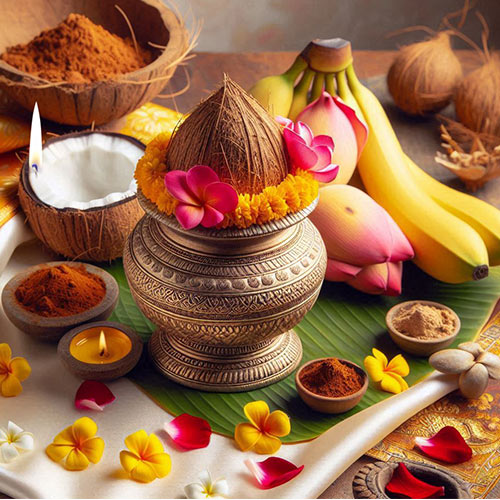
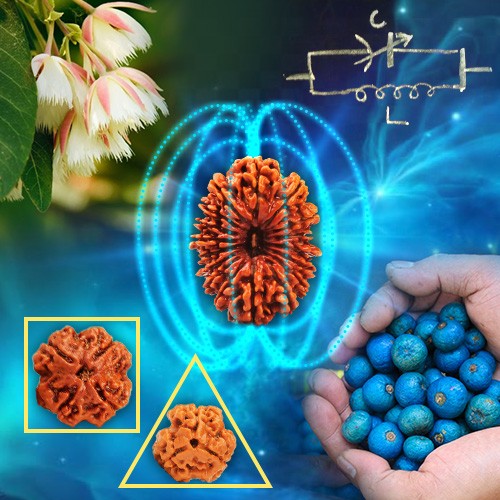

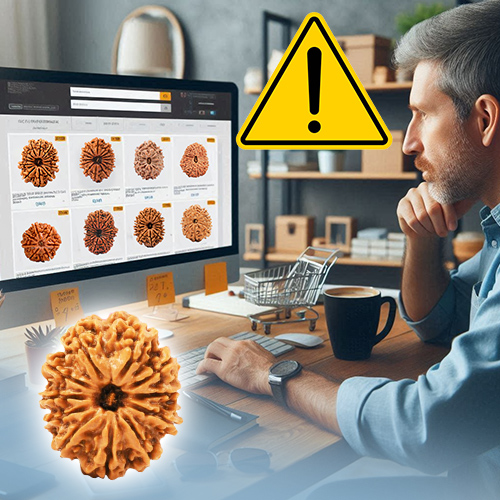
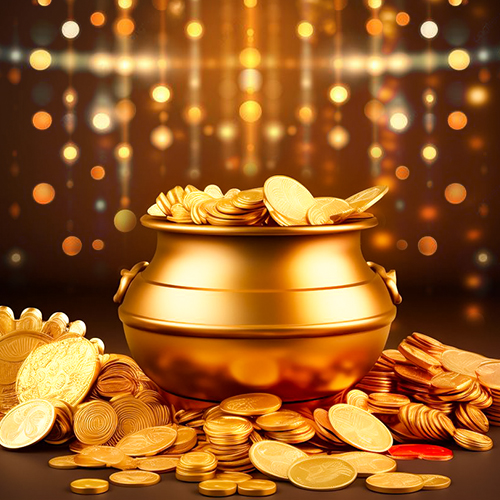
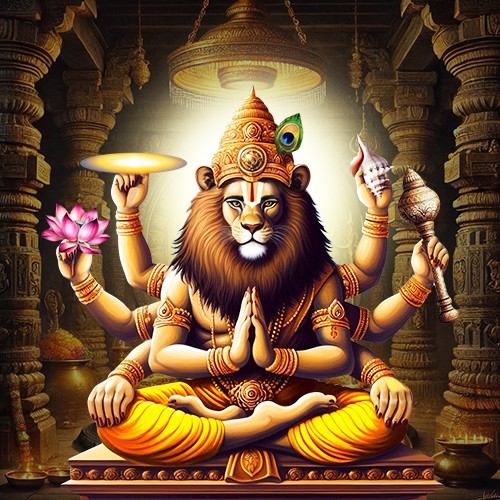
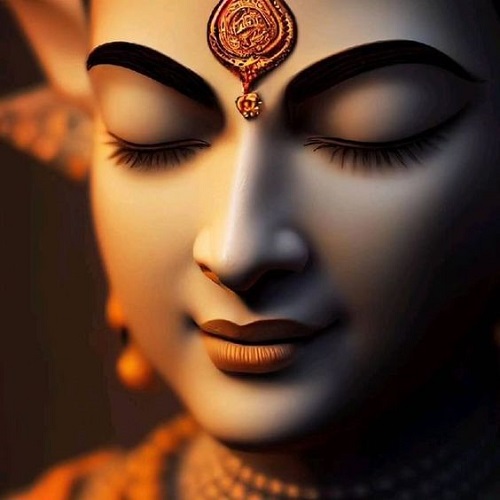
.jpg)
-Rudraksha-Beads---Thumbnail.jpg)
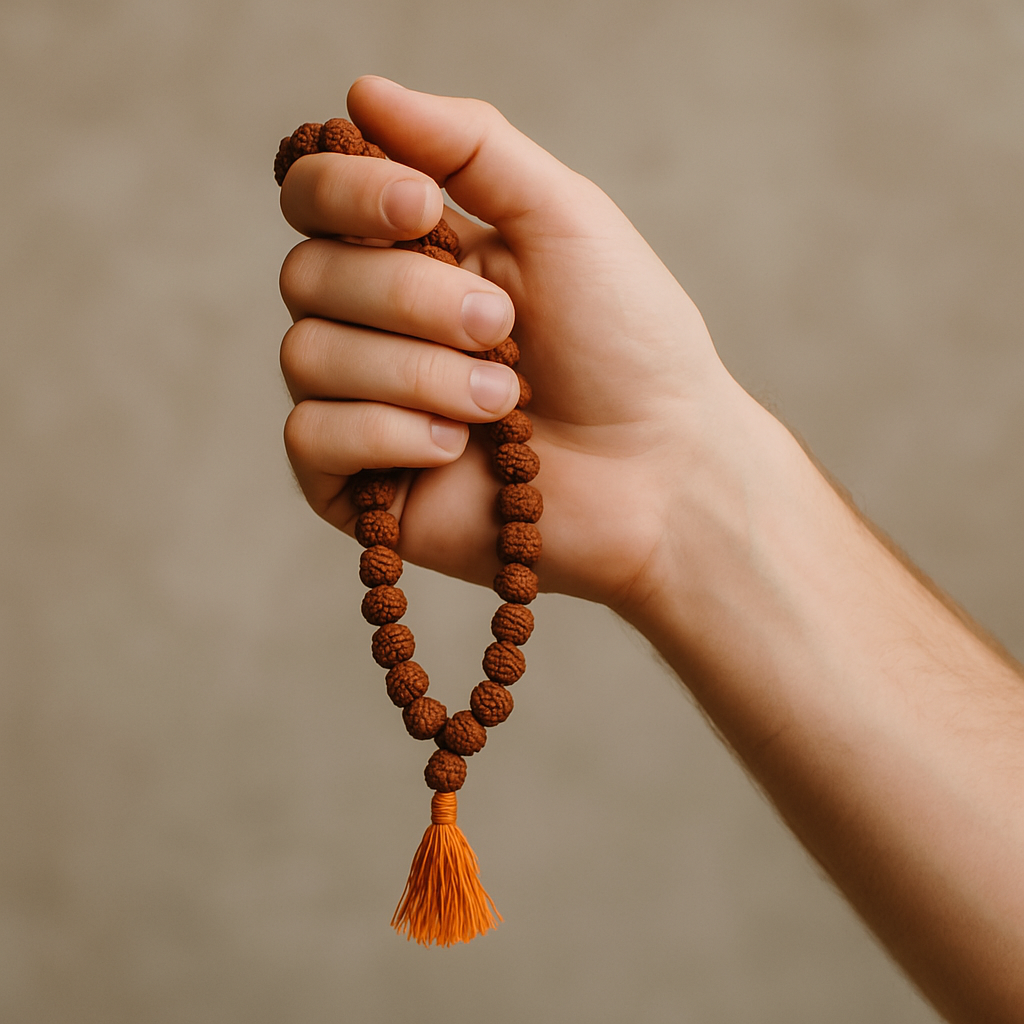

Navin Sindhwani
|January 24, 2025
Very informative article, clear my doubts, thank you very much
Dhakshayini Banka
|November 26, 2024
I need a rudraksha mala for inner peace